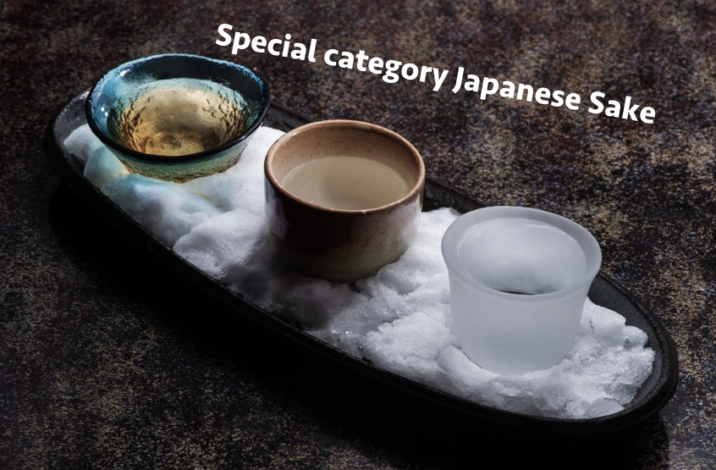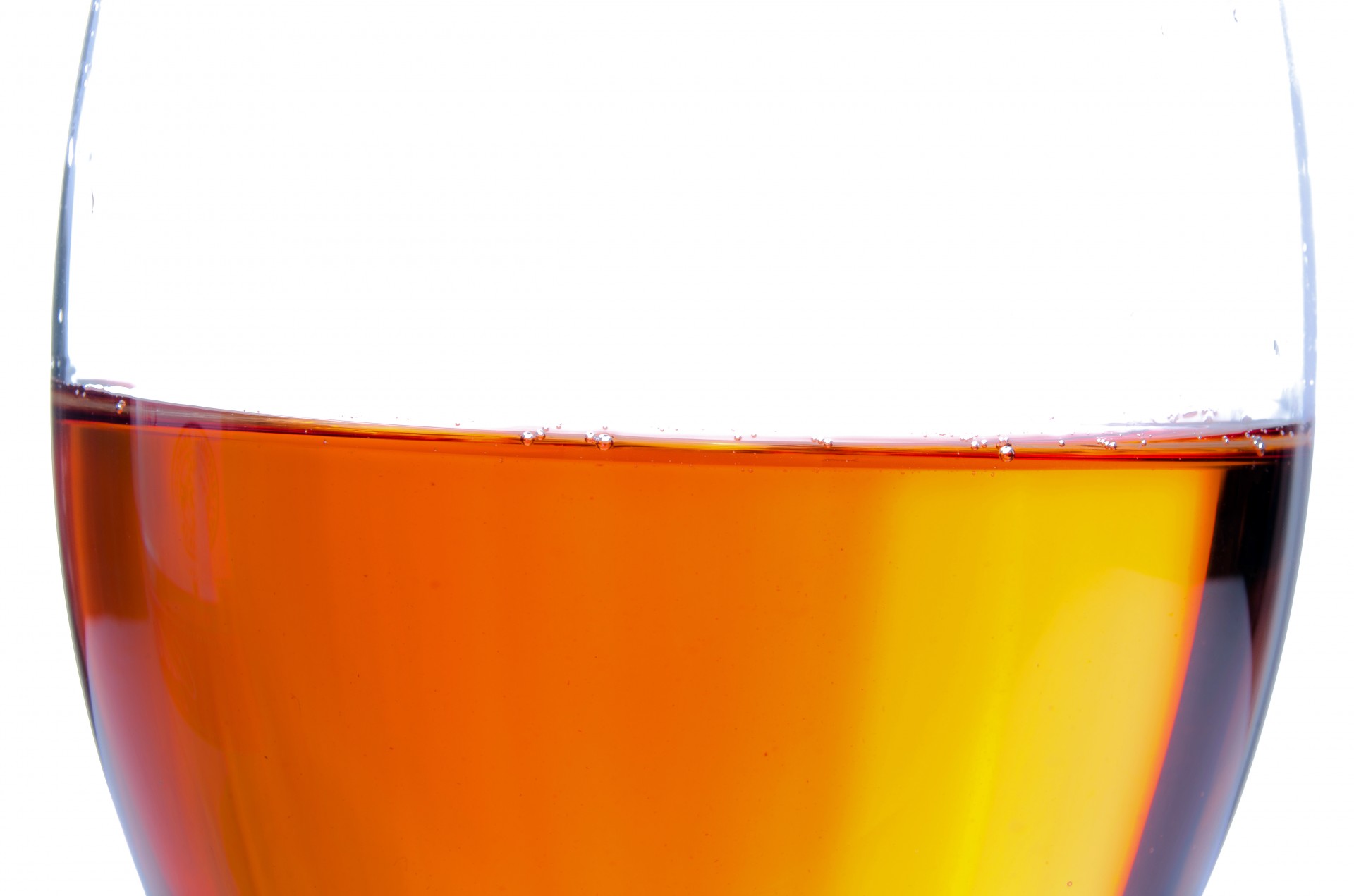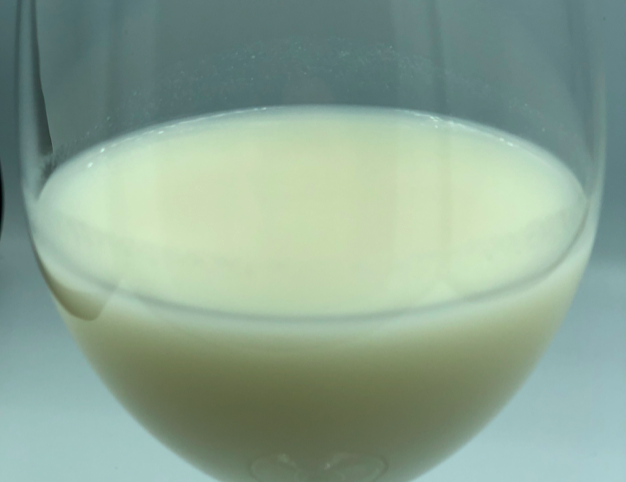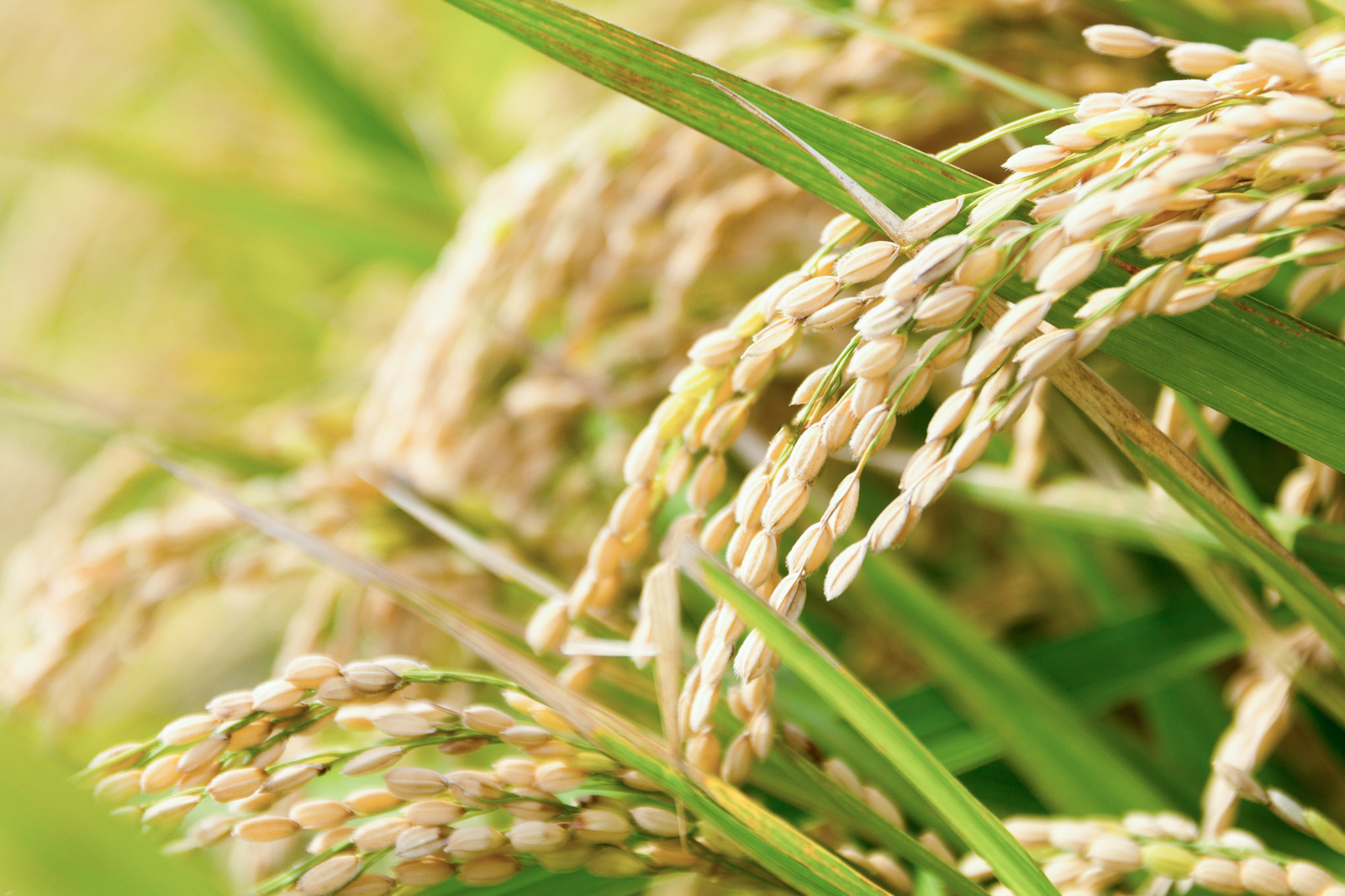
Serving
Rose, Sparkling, Noble. Special category Japanese Sake!
Japanese Sake can be classed by how they are brewed, such as Junmai or Ginjo or Daiginjo.
(If you are not sure about the classification of Japanese Sake please have a look at our SAKE KNOWLEDGE page)
This classification is called Tokuteimeishou 特定名称(specific name), and the standard of this classification is decided by National Tax Agency in Japan. If you are in Sake business, most of you know about this class.
Apart from this class, there are special categories or types of Japanese Sake, and this time ikki will deliver information about these special types.
Rose ロゼ

Like Rose wine in wine industry, Japanese Sake has Rose kind of Sake. The color of the Sake get slightly red and the level of color thickness is depending on the method they use to brew rose Sake. In order to brew it there are mainly 3 different methods as below:
Red rice (ancient rice)
In stead of fully use Sake rice, this type of rose Sake use Red rice 赤米 which is a kind of ancient rice. They use the polyphenol from this red rice to make Sake red.
Red Koji
It can make red Sake with Red koji 紅麹 as well. The color is mild with this method.
Red Kobo
The last method is to use Red Kobo赤色酵母. It is very sensitive method, so toji need to control the fermentation very carefully.
Nigori 濁り

As you all might know Nigori is another category, but class in Seishu清酒: ordinal Sake. Some people, even Japanese, confuse the term with “Doburoku”, but it is completely different. Doburoku is not Sake and it is “Other fermented alcohol” according to National Tax Agency.
Nigori sake seams not filter, but precisely they use coarse bags in Shibori搾り process, so the rice mash flow into the Sake and get milky color.
Sparkling スパークリング

Sparkling is also another category of unclassed Sake. It is basically Japanese Sake with gas, but there are 2 method to produce sparkling Sake.
Gas (Co2) Injection
It is simply to inject Gas into the bottle. It will be stronger level of gas to enjoy fizziness more.
2nd fermentation in bottles
Some breweries left the Sake in the bottle to make it occur second fermentation to have gas in the Sake. The level of gas is gentle, but quite natural.
Kijoshu (Noble Sake) 貴醸酒

You might not know about Kijoshu, which is also another category Sake. Like noble wine, it has a higher level of sugar so very sweet type of Sake.
In Shikomi process of Moromi(precisely speaking in Tome Shikomi: please refer to the article), breweries use Sake, instead of water, to get Kijoushu, so that the level of sugar get very high.
Hope you learn a lot.
Thank you for your time!







